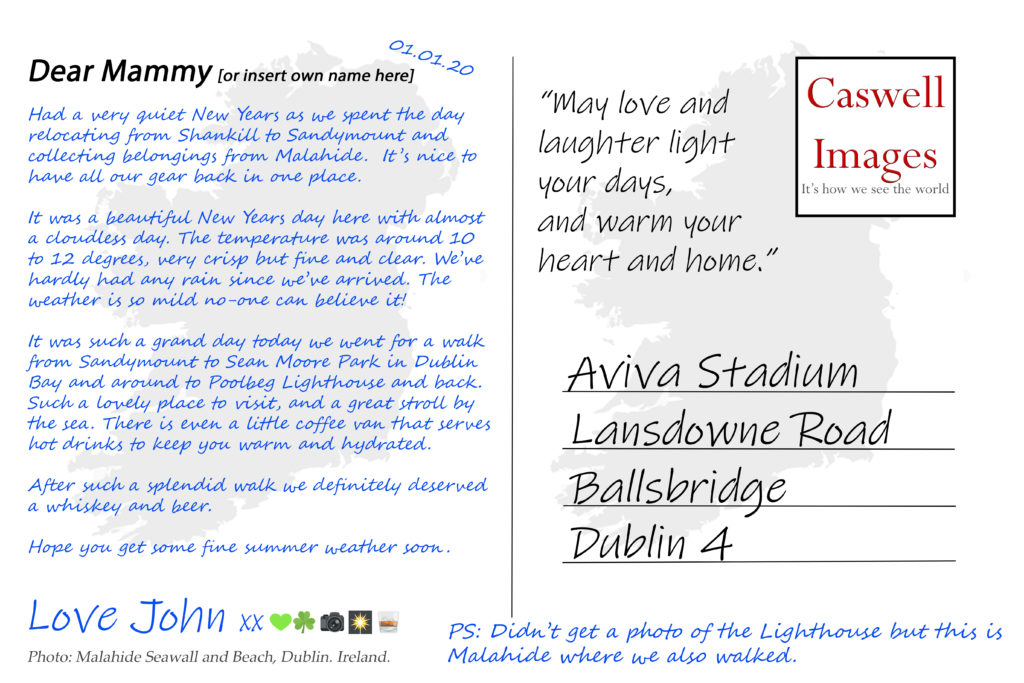Visions, Illusions & Me.
Recently I came across something interesting in Queenstown which has occupied my thoughts off and on since. It was a faint rainbow stretching out across Lake Wakatipu.
It isn’t the location of the rainbow itself that is of interest to me, nor the question of how rainbows are created, what drew my attention was pondering the curve of a rainbow. Or to be more precise, do they always have the same angle? I keep imagining Kermit sitting on a schist stone dipping his toes in the water of Lake Wakatipu, bango in hand, singing rainbow connection. As a rule of thumb, I would like to suggest that if like me, Kermit the frog springs to mind when you think about the science behind rainbows, you’re probably not an expert on them.
In this moment the contemplating thoughts in my mind went in two directions. The first was what other naturally occurring scientific concepts do I not understand. The second direction was understanding the mathematics behind rainbows. I decided that trying to understand the concepts of nuclear fusion, string theory, starling murmurations and Auckland traffic was far beyond my mental capacity at this point, so I went with exploring the latter. Plus, since I now had Kermit loaded into my Spotify playlist I felt I was committed.
My curiosity aroused, I felt there was only one place that would provide me with the facts I needed, the one place that keeps me reliably informed and up to date with the latest world developments. Google.
I feel I should point out at this juncture that I’ve become suspicious about Google and our relationship. It has soured somewhat. The long held trust and mutual respect we once held I fear has been lost. What brought our relationship to this point? Well, I suspect that Google has been lying to me. I must confess that this realisation hurts. My suspicions were aroused when a recent trip to Ireland resulted in zero Leprechaun sightings.
As it turns out I’m not the first person to become fascinated by a rainbow outside the window, in fact I’m in very good company. Greek philosopher Aristotle devoted serious attention to the study of rainbows as did Roman theorist Lucius Annaeus Seneca (who probably peeked at Aristotle’s study notes). This cycle of building off others’ study notes before adding their own thoughts then continued for some time, right through to Rene Descartes who started playing with light passing through a sphere of water. Throughout this lineage of rainbows, one person who does seem to stand out in a very understated way is Roger Bacon.
Not only does Roger Bacon have a fabulous last name that makes me hungry, he can also tell you how to make gunpowder! It transpires that Roger Bacon was the first European to describe in detail the process of making gunpowder. He also proposed flying machines, motorized ships and carriages some time in the 1200’s. Now anyone who is suggesting motorized machines and can tell you how to make gunpowder in the 1200’s must have been fascinating after a few beers! Along with describing how to blow things up, he also first measured the angle through which light is bent to our eye by a rainbow as being 42 degrees.
Having discovered that the arc of a rainbow is 42 degrees, that the length of rainbow is dependent on where it is viewed from, that everyone sees a rainbow differently, that they form perfect circles (which is why you never reach the end or the bottom) and that there are 12 types of rainbow, I naively thought my pursuit of had come to an end. Until, Google threw me a curve ball. It brought me back to Leprechauns. Now, I must confess that my curious nature got the better of me and no matter how distrusting of Google I was, I went in search of pots of gold.
I had it in mind that there would be a fairly bright and easy yellow brick road that would lead me to the end of the rainbow, however unlike Dorthey I wasn’t lucky enough to have a glowing yellow road to follow. My own search was filled with many no exit streets, detours and wrong turns that seemed to add neither confusion or clarity to my quest until I came across the Vikings! If you want to make a story interesting, just throw in an ill tempered Viking or two to jazz up the plot. Fortunately for me, the pot of gold myth that I liked the best, had loads of Vikings in it.
It seems that back in the days of the Vikings – who weren’t really very nice people but had amazing beards – they spent much of their time raiding, plundering and looting Irish villages for money and gold before burying it all over the countryside. Upon leaving Ireland, the Vikings proved that despite having fabulous beards they were incredibly absentminded and forgot to take their treasure with them, which was promptly found by the underground dwelling and human mistrustings Leprechauns. Knowing the origins of this treasure and claiming it for themselves, they reburied the gold. Nowadays, whenever a rainbow appears it’ll end where the gold is buried. But then again, can you trust a Leprechaun or a Viking for that matter? No matter how fabulous his beard is!
Until a few days ago I thought that a rainbow was simply light reflecting and bending off water droplets in the atmosphere resulting in a colour appearing. But, it transpires that they are as complicated as they are beautiful.
From all this we can draw four important conclusions. Firstly, Aristotle was a science guy as well as being a philosopher dude. Secondly, Roger Bacon would have been a wonderful drinking companion. Thirdly, the Vikings had fabulous beards but were incredibly forgetful. Fourthly that a little green frog was the most insightful of all when he observed that ‘rainbows are visions and illusions and probably contain a little touch of magic.’It seems that pursuing rainbows isn’t a bad thing after all.
 Rainbow over Lake Wakatipu, Queenstown.
Rainbow over Lake Wakatipu, Queenstown.

















 The Crown Liquor Saloon –
The Crown Liquor Saloon – 









 College & Westmoreland Street –
College & Westmoreland Street – 



 St Stephens Mall
St Stephens Mall 